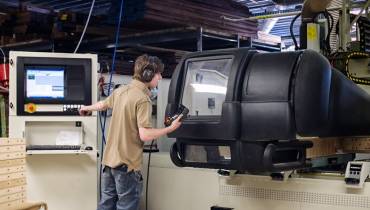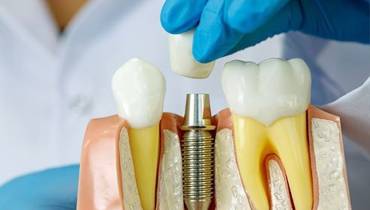7 Steps to Take After Being Involved in a Car Accident in Austin
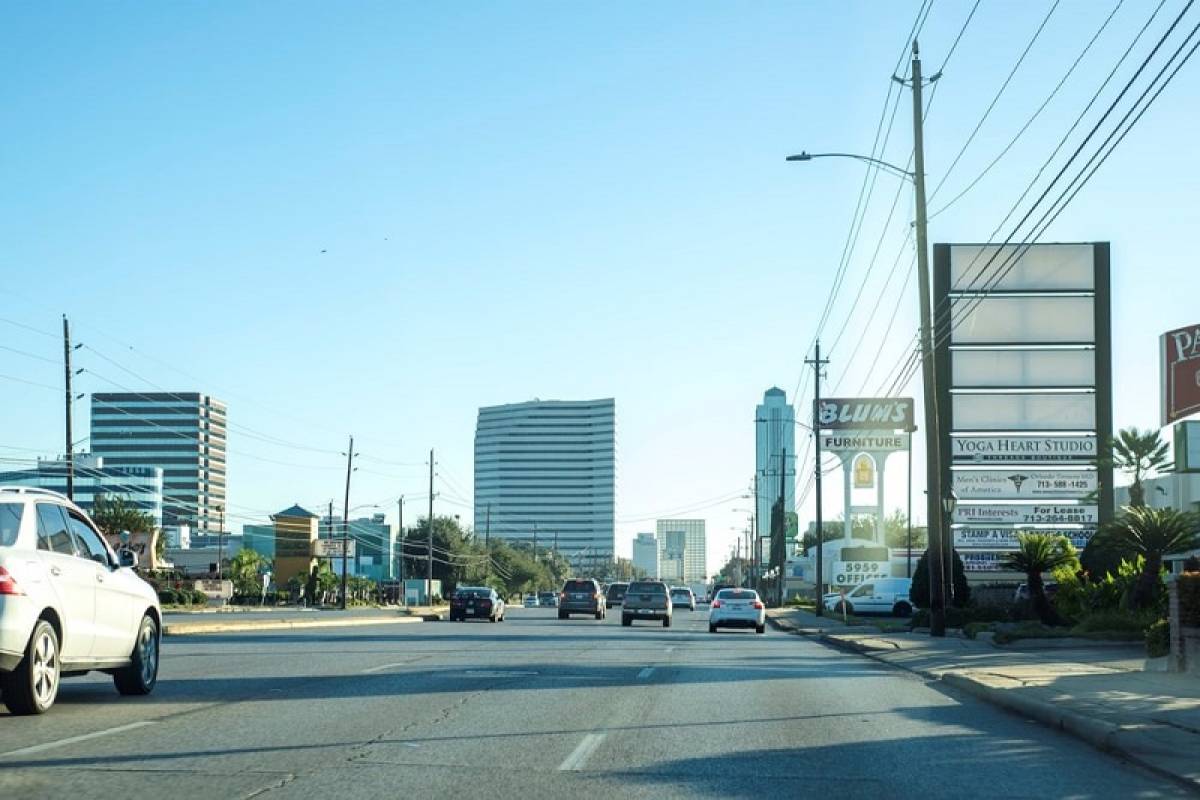
Morning commute in TX, USA. Image: Jose Losada/Unsplash.
On average, there are around 6 million car accidents in the US every year. With over 310,000 miles of public roads - by far the most of any state - the state of Texas is not an exception when it comes to traffic accidents.
Living in the Lone Star State means that you are part of a community in which there are over 17 million licensed drivers, second only to California when it comes to issued drivers licenses.
The city of Austin, the capital of Texas and Travis County, is positioned behind Dallas, Houston, San Antonio, and El Paso with a 15,365-car crash for 2018 in terms of registered car accidents per year.
Traffic accidents are absolutely not predictable and can happen to everyone, and everywhere. Being involved in one is a frustrating and mind-boggling experience. After the screeching brakes, honking horns, and ringing in the ears subsides, drivers involved in a particular accident must gather their wits and respond accordingly to the scene.
In these potentially life-changing moments, it’s of the highest importance to be aware of which steps you need to take in order to protect your health and financial interests. Try not to overlook any of them, so you will be able to collect compensation for your injuries and other losses.
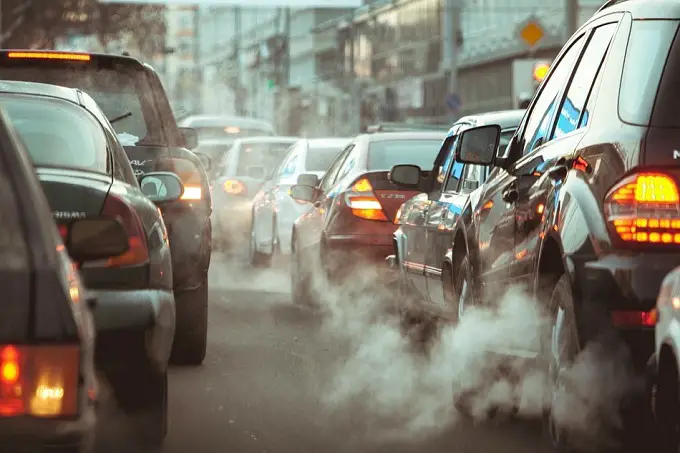
Here’s what you should do after you experience a car accident in Austin.
#1 Stop and check for injuries
While peacefully driving down the road listening to your favorite tune on the radio, another vehicle appears out of nowhere and slams into your car. In the blink of an eye, you have just become a part of a traffic accident. Now what?
First things first, there is absolutely nothing more important than the health and wellbeing of everyone involved. Remain as calm and as focused as possible in the aftermath. Stop your car and check for injuries.
If you don’t need assistance to get out of your vehicle, check everyone involved in the car crash if they are okay and if they need any help.
#2 Call 911!
Dial 911 if anyone has sustained an injury in the process and needs help. Please be very cautious if you need to move an injured person.
When talking to the emergency medical services, make sure you let the dispatcher know about any injuries or fatalities that you can see, and tell them about any potential hazard of the accident scene that they should know before they arrive.
While describing the location of the crash, use the closest address and the mile marker of the road. Thoroughly describe the direction you were traveling and the side of the road where your car can be found.
Even if Texas law doesn’t require to call EMS for minor car accidents, it’s always better to do so just in case.
#3 Report the accident to the authorities and deal with them
When you finish dealing with stuff regarding the health of the involved, it’s time to call the police department so they can arrive at the accident place and do their job.
When they do, follow their instructions and answer honestly to everything they ask. The police officers are authorized to organize care and transport of the injured, secure the crash scene, make arrangements with car-towing services, verify insurance information of the drivers, make arrests when needed, issue traffic citations, collect evidence and file the CR3 Peace Officer crash report.
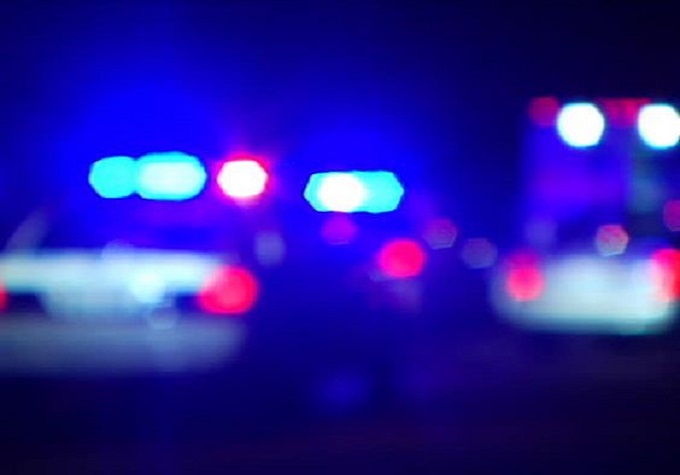
The so-called CR3 Peace Officer Report is a summary of the facts based on the officer’s observations and interviews with the involved parties of the accident.
The report contains information about the date, time and location of the crash; identifying information for the people involved; insurance policy numbers and companies for the parties; statements from the parties involved or witnesses; known injuries to participants and extend of damage to the vehicles; a visual diagram of the accident; laws and codes that were violated and the officer’s opinion as to cause and fault.
Depending on where in Austin your accident occurred, there are potentially 20 police agencies that could attend your accident scene and complete the report.
Other than the common way, the Austin police accident report is also available to obtain online, through the Crash Report Information System of The Texas Department of Transportation. You can search them via the location, through the car model, the manufacturing year of the vehicle or the date the accident happened.
#4 Collect information and evidence
In order to prove your innocence and just in case the other driver changes their story afterward in the process, collecting evidence and general information are pretty important.
Document everything that can help you to build your case down the road. Write down all relevant information and take photos of the accident from different angles, the vehicles, and registration plates.
#5 Notify your insurance provider
Regardless of who actually caused the accident, waste no time to reach out and notify your insurance provider. Follow their instructions as they will guide you through the process of filing a claim for the car accident.
Delaying the notification of your insurance provider may cause troublesome legal and financial consequences.
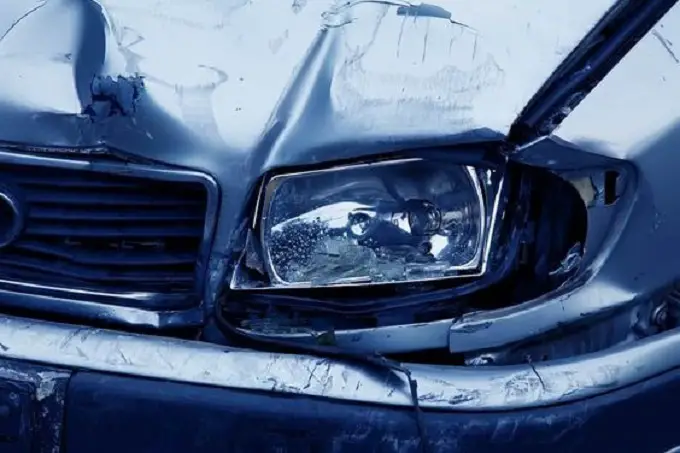
#6 Ask for medical attention
Did you know that many accident victims don’t realize that they can sustain injuries that don’t have immediate symptoms?
Injuries like whiplash or concussions are hard to notice right after the car crash because of the adrenaline rush. Get checked by a doctor shortly afterward the crash, even if you feel okay.
Nearly 2 million drivers experience permanent injuries through car accidents every year. Take your health seriously and make an appointment with a professional.
#7 Reach out to a car accident attorney
If the settlement falls short of your expectations or your insurance claim is perhaps denied, it’s for the best to contact a local attorney who is specialized in auto accident cases.
Even for the initial consultation, bring along copies of your medical records and bills, a copy of the police crash report, photos, statements from witnesses and other relevant documents related to the accident.
A skilled attorney will know about the potential value of your claim and will tell you right away whether they believe the claim will get settled or if the claim should be tried in court.















